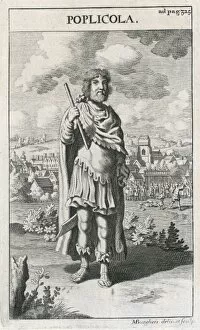Reconciling Collection
Throughout history and art, reconciliation has been a powerful theme, symbolizing the restoration of harmony and peace after conflict
All Professionally Made to Order for Quick Shipping
Throughout history and art, reconciliation has been a powerful theme, symbolizing the restoration of harmony and peace after conflict. From the tender moment of The Vicar of Wakefield reconciling his wife Olivia, as depicted in Gilbert Stuart Newton's painting, to the historic meeting between Cardinal Pole and the realm of England, leading to the country's return to the Roman Communion, reconciliation has taken many forms. In literature and art, we see it in the famous scene from Romeo and Juliet where the Montagues and Capulets come together over the dead bodies of their feuding children. In visual art, Susannah, Philip Lake, and Maria Godsal's The Godsal Children depict a heartfelt reconciliation between siblings. Reconciliation can also be found in unexpected places, such as the playful Pulcinella statue in Rome's Piazza Navona. Even on the battlefield, as seen in the meeting between Napoleon I and Francis II after the Battle of Austerlitz, reconciliation can bring about lasting peace. And let us not forget the ancient Roman statesman, Publius Valerius Publicola, who brought about reconciliation between the plebeians and patricians, paving the way for a more equitable society.









